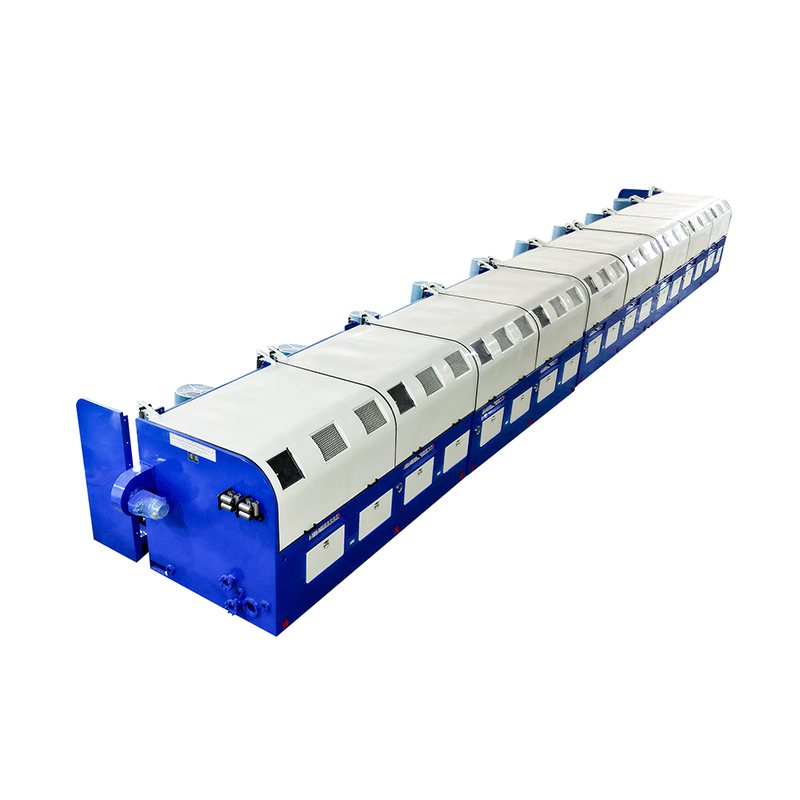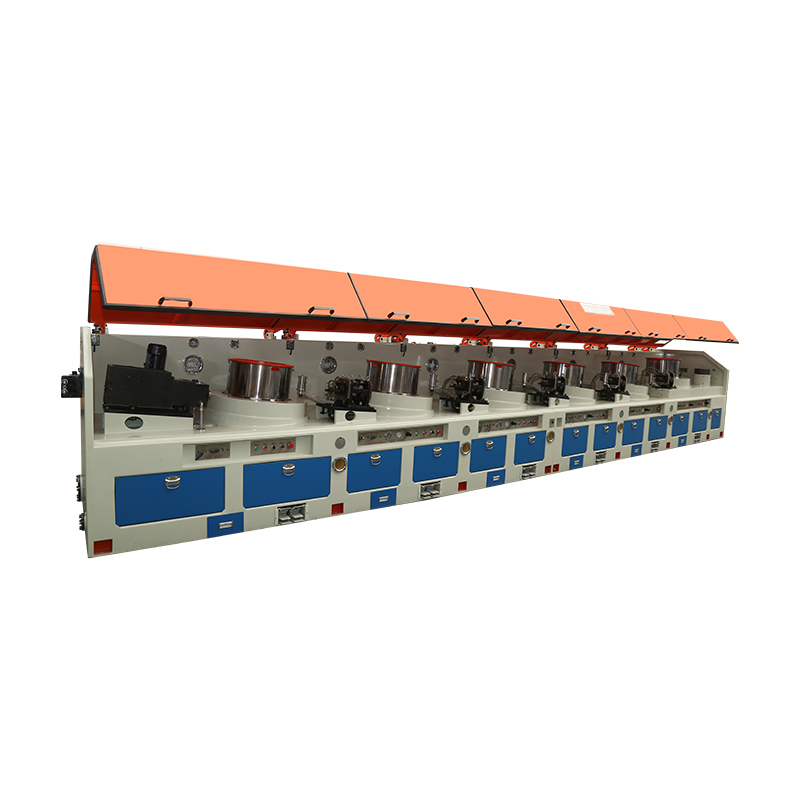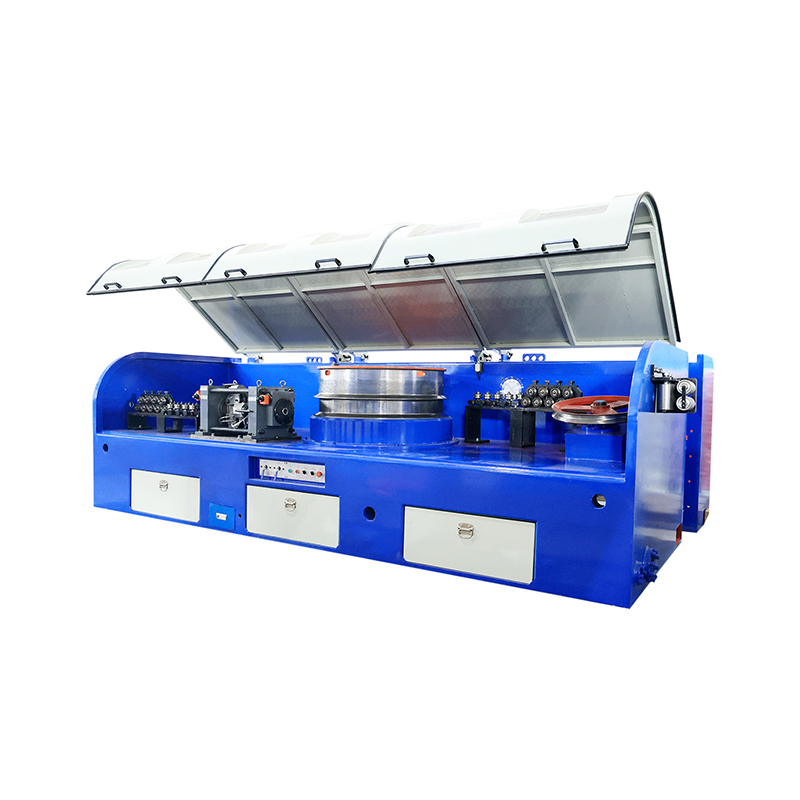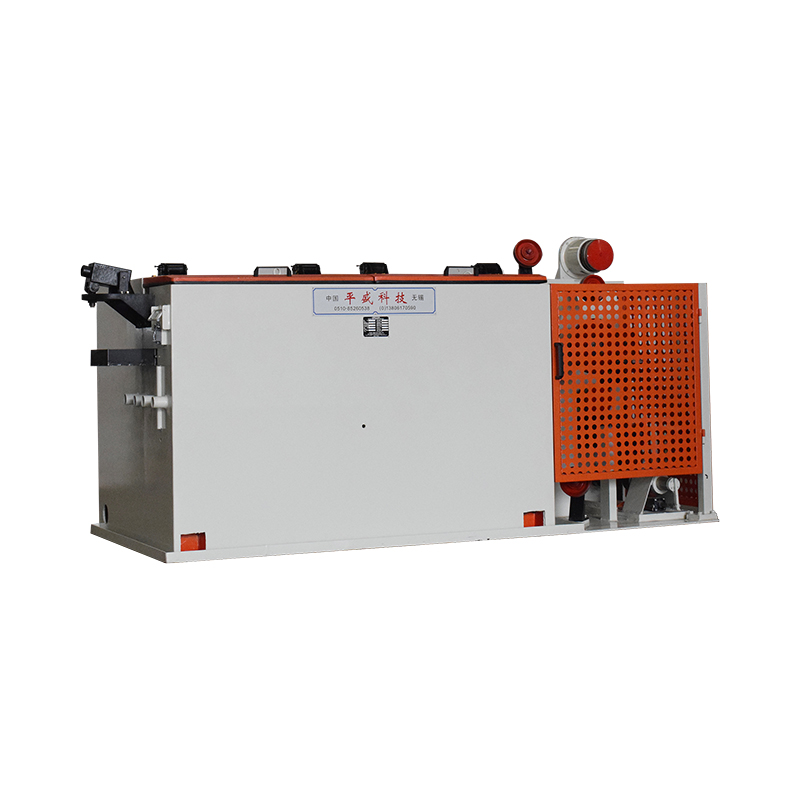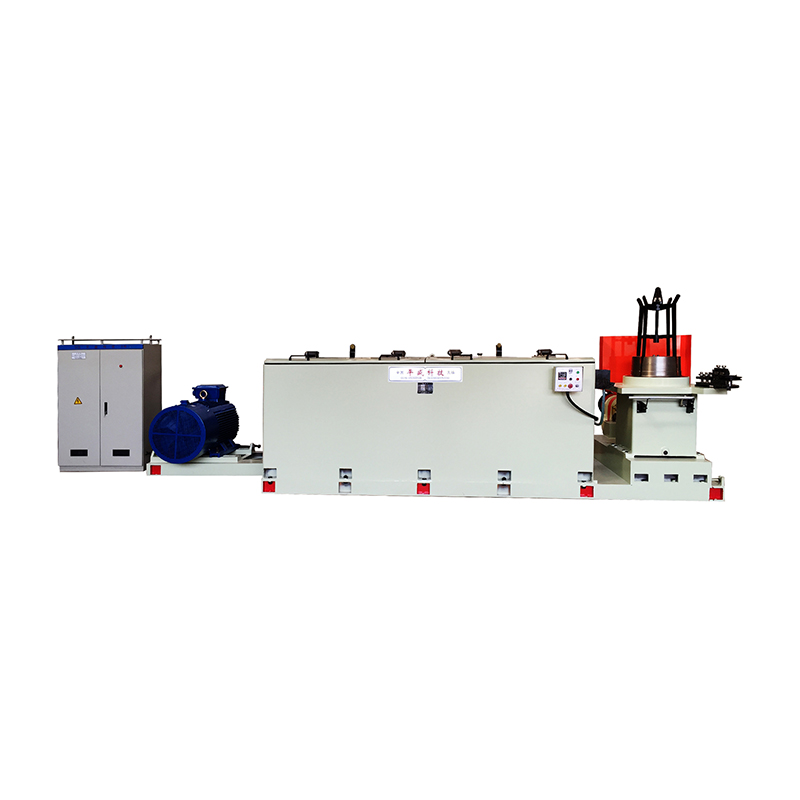What Is a Wet Wire Drawing Machine and Why Is It Essential in Metal Processing?
In the industrial world of metal fabrication and wire production, the wire drawing process is fundamental. It allows raw metal rods to be transformed into precise, highquality wire used in construction, electronics, automotive parts, and more. One critical piece of equipment that makes this transformation possible is the Wet Wire Drawing Machine.
But what exactly is a wet wire drawing machine? How does it differ from dry wire drawing machines? Why is it preferred in highprecision wire manufacturing? This comprehensive article explores everything you need to know about wet wire drawing machines, including their structure, working principle, benefits, applications, and industry relevance.
What Is a Wet Wire Drawing Machine?
A Wet Wire Drawing Machine is a specialized piece of industrial equipment used to reduce the diameter of metal wire through a series of drawing dies while the wire is continuously lubricated by a fluid (wet drawing lubricant). The presence of this lubricant is the defining feature of the wet drawing process—it cools the wire, reduces friction, and improves surface finish.
This method is ideal for drawing fine to ultrafine wires from materials like copper, aluminum, stainless steel, carbon steel, and alloys. Wet wire drawing is typically used where precision, high speed, and superior surface quality are required.
How Does a Wet Wire Drawing Machine Work?
The working principle is based on plastic deformation of metal through tensile force:
1. The metal rod or thicker wire is fed into the machine.
2. It passes through a series of drawing dies—tools with progressively smaller holes.
3. Each die reduces the wire’s diameter while increasing its length.
4. A lubricant solution (usually oil or waterbased) is continuously applied over the drawing zone to cool, clean, and lubricate the wire.
5. The wire is wound onto a spool or takeup reel at the end of the process.
Unlike dry wire drawing, where lubricants are applied only at the die entry, wet wire drawing submerges part of the machine (including the dies and capstans) in a lubricant bath.

Key Components of a Wet Wire Drawing Machine
A typical wet wire drawing machine includes:
Payoff System: Holds and feeds the raw wire rod into the machine.
Precleaning Unit: Cleans the incoming wire surface before drawing.
Drawing Dies: Hard metal or carbide dies that shape and size the wire.
Capstans or Drawing Blocks: Pull the wire through the dies and regulate tension.
Lubrication System: Encloses dies and capstans in a lubricant tank or chamber.
Cooling System: Maintains temperature control during highspeed drawing.
Takeup System: Collects the finished wire on spools or drums.
Some machines include annealing units for copper wire to soften the material during or after drawing.
What Materials Can Be Processed Using a Wet Wire Drawing Machine?
Wet wire drawing machines are particularly suited for:
Copper: Especially for electrical wiring due to its ductility and conductivity.
Aluminum: Lightweight wire for power cables, overhead lines.
Stainless Steel: Precision wire for medical and aerospace applications.
Carbon Steel: Wire for springs, fasteners, and reinforcement products.
Alloy Wires: For specialized industrial applications.
The process is favored when a bright surface finish, tight tolerances, and fine diameters (down to microns) are required.
What Are the Advantages of Wet Wire Drawing Machines?
Superior Surface Quality
Lubrication minimizes metaltometal contact, reducing surface scratches and producing smoother, shinier wire.
Higher Drawing Speeds
Lubricant and cooling systems enable fast, continuous drawing without overheating.
Improved Die Life
Reduced friction lowers wear on dies, extending their service life and reducing downtime.
Consistent Wire Dimensions
Precision control systems and lubrication ensure uniform diameter and mechanical properties.
Reduced Wire Breakage
Cooling and lubrication reduce thermal stress and friction, which prevents snapping of fine wires.
Cleaner Working Environment
Modern wet drawing systems contain lubricant within closed systems, limiting fumes and spills.
Where Are Wet Wire Drawing Machines Used?
Wet wire drawing machines are widely adopted in:
Electrical and Electronic Industries
For drawing copper and aluminum wires used in power cables, communication lines, and motor windings.
Automotive and Aerospace
Precision stainless steel or alloy wires for sensor components, springs, and connectors.
Telecommunications
Ultrafine copper wires for data cables, fiber optic reinforcements.
Medical Devices
Stainless steel or titanium wire used in surgical instruments, catheters, and orthodontics.
Industrial Manufacturing
For producing wire mesh, fasteners, nails, and springs.
What Are Some Key Considerations When Choosing a Wet Wire Drawing Machine?
To select the right machine, consider:
Wire material and size range
Required final diameter (down to 0.05 mm in some applications)
Production capacity (kg/h or m/min)
Lubrication type (oil or waterbased)
Automation level and digital control
Number of drawing passes or dies
Cooling and filtration systems
Cost of maintenance and energy consumption
Working with a manufacturer who can customize the machine to your needs is essential for maximizing efficiency and product quality.
Maintenance Tips for Wet Wire Drawing Machines
Proper maintenance ensures longterm reliability and consistent quality:
Regularly inspect and replace drawing dies to prevent outofspec wires.
Monitor lubricant quality and change it as recommended.
Clean wire entry and exit points to avoid contamination.
Check capstan wear and alignment.
Maintain the cooling system to avoid thermal damage.
Calibrate speed and tension controls for different wire sizes.
Future Trends in Wet Wire Drawing Technology
Modern advancements are enhancing machine performance and energy efficiency:
Integration with IoT and Industry 4.0 for remote diagnostics and predictive maintenance.
Ecofriendly lubricants that reduce environmental impact.
Energyefficient motors and drive systems to cut power consumption.
Automated die changing and wire threading systems for faster transitions.
Conclusion: Why Is the Wet Wire Drawing Machine So Important?
The Wet Wire Drawing Machine is a cornerstone of modern metal processing, particularly in applications where precision, fine wire sizes, and surface finish are nonnegotiable. Its ability to deliver highspeed, highquality, and highefficiency output makes it indispensable in industries like electronics, aerospace, medical technology, and telecommunications.
By understanding how these machines operate, their advantages, and how to choose the right one, manufacturers can significantly improve product consistency, reduce operational costs, and meet the growing demand for advanced wire products.


 EN
EN
 English
English Español
Español Français
Français Português
Português عربى
عربى

